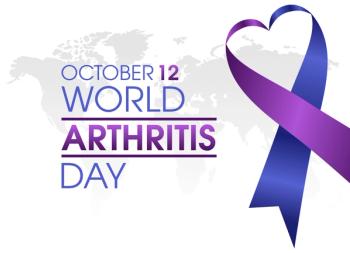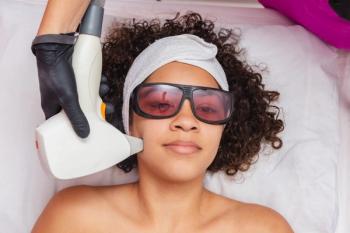
Visual Acuity Improvements Found After Rehabilitation With Digital Video Games
Key Takeaways
- Digital video games improved visual acuity in children with amblyopia through binocular rehabilitation over 8 weeks.
- Participants aged 4-12 played games like Tetris and Snake with anaglyphic glasses, showing BCVA improvements.
Patients with amblyopia had a statistically significant improvement in their visual acuity after binocular rehabilitation through digital video games.
Digital video games could be a method of treatment in patients with
Amblyopia, more commonly referred to as “lazy eye,” is an eye condition that results in the brain has a breakdown in communication with 1 of the eyes, leaving the brain unable to recognize sight from that eye.2 The binocular pathways are structurally intact but not responsive, making it a treatable condition with the right forms of rehab. This study aimed to assess the efficacy of rehabilitation using smartphone and tablet games combined with anaglyphic glasses in children living with amblyopia.
All participants were children aged 4 to 12 years who were recruited between May 2017 and April 2019. Participants were eligible if they had logMAR inerocular difference of 0.2 or more or a best-corrected visual acuity (BCVA) of 0.2 LogMAR or worse. Prematurity of 8 or more weeks, coexisting ocular or systemic diseases, or developmental delay led to exclusion.
All participants had a orthoptic and ophthalmological exam. Medical history, BCVA, binocular cooperation, anterior segment and lens examination, and fundus oculi examination were among the data collected. All children and parents were familiarized with the anaglyphic glasses before the children were provided Tetris, Letter Hunt, and Snake as digital video game options. All children played the games for 7 hours per week for 8 weeks, with exams given at 4 and 8 weeks from baseline. All parents self-reported compliance to the training.
There were 55 patients with a mean (SD) age of 8.98 (5.38) who were included in the study, of which 31% had strabismic amblyopia, 42% had anisometropic amblyopia, and 25% who had both; 1 patient had deprivation amblyopia due to a congenital cataract. The mean BVCA for the amblyopic eyes was 0.28 (0.13) logMAR and 31% had some form of optical treatment or patching while participating in the treatment.
The amblyopic eyes improved from their mean baseline BCVA of 0.28 (0.13) logMAR to 0.14 (0.09) logMAR after 4 weeks and 0.10 (0.09) logMAR after 8 weeks. The fellow eye also had modest improvement in logMAR, improving from 0.08 (0.1) at baseline to 0.02 (0.04) after 8 weeks. When separated into 2 groups, 1 containing children who patched at the same time as therapy and 1 without patching, the participants had similar improvements in BCVA. Children who did not patch had a mean BCVA of 0.28 (0.13) logMAR at baseline which improvemed to 0.09 (0.10) logMAR after 8 weeks; children who patched improvemed from 0.28 (0.11) logMAR to 0.10 (0.06) logMAR after 8 weeks.
There were some limitations to this study. There was no control group included due to the exploratory nature of the study. Stereoscopic acuity was also not measured.
The researchers concluded that the preliminary data were promising but would need further research. This includes evaluating results based on age, comparing binocular rehabilitation with patching, and developing apps made specifically for this purpose.
References
- Bari G, D’Ambrosio A, Petrizzelli F, Laborante A. Amblyopia rehabilitation: a preliminary study on the efficacy of an alternative therapeutic method within Italian patients. Adv Rehabil Sci Pract. Published online November 20, 2024. doi:10.1177/27536351241297249
- Amblyopia (lazy eye). National Eye Institute. Updated September 22, 2022. Accessed November 25, 2024. https://www.nei.nih.gov/learn-about-eye-health/eye-conditions-and-diseases/amblyopia-lazy-eye
Newsletter
Stay ahead of policy, cost, and value—subscribe to AJMC for expert insights at the intersection of clinical care and health economics.

















































